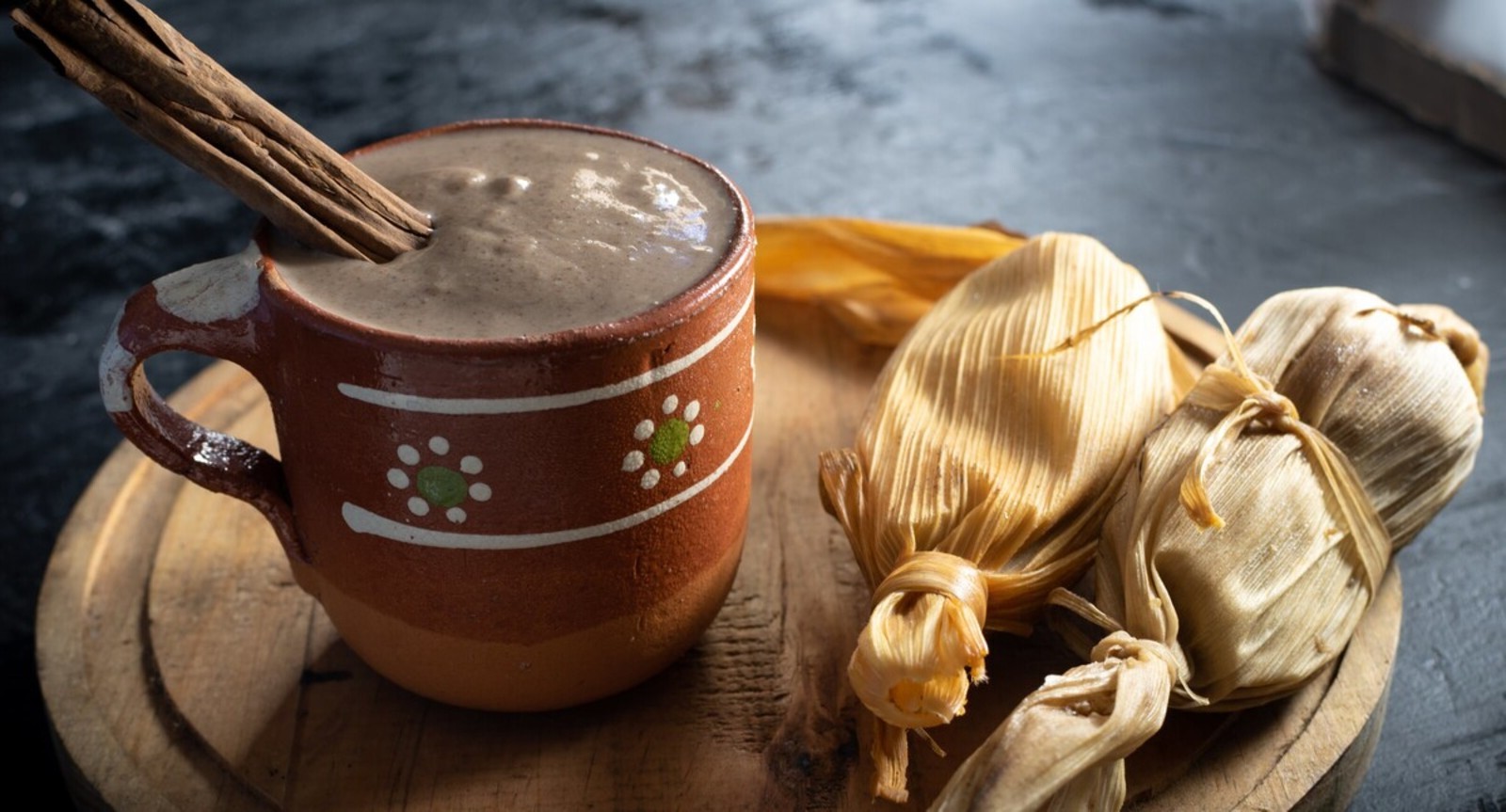
Ever wondered why Mexican cuisine tastes so incredibly unique? Well, you're about to find out! Mexican food is more than just tacos and salsa; it's a vibrant fusion of flavors that's been centuries in the making. From the ancient Aztecs to modern-day street vendors, every bite tells a story. Mexican cuisine is a feast for the senses, combining spicy, sweet, savory, and sour elements in ways that will surprise and delight you. So, grab a fork (or better yet, a tortilla) and get ready to dive into a world where food is not just nourishment but a celebration. With these 20 tantalizing facts, you'll discover the secrets behind the irresistible allure of Mexican dishes. Ready to spice up your knowledge and maybe even your cooking? Let's get started!
Key Takeaways:
- Mexican cuisine is a delicious blend of ancient Mesoamerican flavors and European influences, with staples like corn and chocolate shaping its rich history.
- Tacos, salsa, and festive dishes like tamales and mole are just a few examples of the vibrant and diverse world of Mexican cuisine, offering both tradition and innovation.
Origins of Mexican Cuisine
Mexican cuisine, a vibrant fusion of indigenous Mesoamerican cooking with European, particularly Spanish, elements added after the Spanish conquest of the Aztec Empire in the 16th century, stands out for its variety of flavors and ingredients. Corn, beans, and chili peppers form the backbone of this culinary tradition, showcasing a rich history that spans over thousands of years.
-
Corn has been a staple in Mexican food for over 9,000 years, cultivated by the ancient civilizations of Mesoamerica. This versatile grain is the foundation of many Mexican dishes, from tortillas to tamales.
-
Chocolate, beloved worldwide, was first consumed as a bitter drink by the Aztecs and Mayans. Sweetened chocolate as we know it today was a European addition post-conquest.
The Role of Tacos in Mexican Cuisine
Tacos, perhaps the most universally recognized Mexican dish, embody the essence of Mexican street food. Simple yet flavorful, tacos are a testament to the adaptability and creativity of Mexican cuisine.
-
Tacos predate the arrival of Europeans in Mexico. Indigenous people in the region used corn tortillas as a convenient "utensil" for holding other foods.
-
The term "taco" was first recorded in the 18th century. However, it's believed that the concept of the taco has been around for much longer.
The Significance of Salsa
Salsa, which translates to 'sauce' in Spanish, is an integral part of Mexican cuisine. It adds depth and complexity to dishes, ranging from mild to intensely spicy.
-
Salsa is not just one sauce but a category of several sauces, including salsa roja, salsa verde, and pico de gallo, each with unique ingredients and preparation methods.
-
The world's hottest chili pepper, the Carolina Reaper, is often used in Mexican salsas for those who dare to add an extreme kick to their food.
Festive Foods of Mexico
Mexican cuisine is not just about everyday meals; it also includes a variety of dishes specifically made for celebrations and holidays.
-
Tamales, a festive food, are traditionally prepared for events like Christmas and Day of the Dead. Families often come together to make them in what's known as a "tamalada" (tamale-making party).
-
Mole, a rich sauce made with chili peppers, spices, and often chocolate, is another celebratory dish. It's commonly served over turkey or chicken during special occasions.
The Global Influence of Mexican Cuisine
Mexican cuisine has left its mark on the global culinary landscape, influencing and being influenced by other cuisines.
-
Avocado toast, a recent global trend, has its roots in Mexican avocado on tortillas.
-
Mexican cuisine itself has absorbed elements from other cultures, such as Lebanese immigrants introducing al pastor, a variation of shawarma adapted to Mexican tastes.
The Health Benefits of Mexican Food
Contrary to popular belief, Mexican cuisine can be very healthy, incorporating a wide range of fresh vegetables, lean proteins, and beneficial spices.
-
Beans, a staple in Mexican cuisine, are an excellent source of protein and fiber.
-
Chili peppers, another key ingredient, contain capsaicin, which has been shown to boost metabolism and aid in fat burning.
The Art of Mexican Cheese
Cheese plays a significant role in Mexican dishes, adding flavor and richness to many recipes.
-
Queso fresco and cotija are among the most popular Mexican cheeses. Queso fresco is soft and mild, while cotija is hard and salty.
-
Despite the popularity of these cheeses, they were introduced by the Spanish during the colonial period. Pre-Hispanic Mexicans did not have dairy products.
The Tradition of Mexican Beverages
Mexican cuisine offers a wide array of traditional beverages, both alcoholic and non-alcoholic, that complement its dishes.
-
Horchata, a sweet rice milk beverage flavored with cinnamon, is a refreshing accompaniment to spicy foods.
-
Tequila and mezcal, distilled from the agave plant, are Mexico's most famous alcoholic exports, enjoyed worldwide.
The Evolution of Mexican Street Food
Street food is an essential aspect of Mexican culture, offering delicious and affordable options for all.
-
Elote, grilled corn on the cob slathered with mayonnaise, cheese, and chili powder, is a popular street food item.
-
Street vendors also serve a variety of tacos, quesadillas, and tortas, reflecting the diversity of Mexican cuisine.
The Future of Mexican Cuisine
As Mexican cuisine continues to evolve, it remains deeply rooted in tradition while embracing new influences and techniques.
-
Modern Mexican chefs are experimenting with traditional ingredients to create innovative dishes that still reflect the flavors of Mexico.
-
With the growing interest in sustainable and local eating, Mexican cuisine is well-positioned to offer dishes that are both delicious and environmentally responsible.
Savoring Every Bite: A Culinary Adventure
Mexican cuisine offers more than just a meal; it's a vibrant journey through history, culture, and flavor. From the rich, complex mole to the simple yet satisfying taco, each dish tells a story of ancient traditions and modern twists. Whether you're a fan of spicy, sweet, or savory, there's something in Mexican cooking that'll catch your fancy and maybe even surprise you. Remember, diving into Mexican food is about exploring the diversity and richness of flavors that have been perfected over centuries. So, next time you're enjoying a plate of enchiladas or sipping on a cold horchata, think about the incredible journey those recipes have taken to reach your table. Here's to many more delicious discoveries in the world of Mexican cuisine. Cheers to that!
Frequently Asked Questions
Was this page helpful?
Our commitment to delivering trustworthy and engaging content is at the heart of what we do. Each fact on our site is contributed by real users like you, bringing a wealth of diverse insights and information. To ensure the highest standards of accuracy and reliability, our dedicated editors meticulously review each submission. This process guarantees that the facts we share are not only fascinating but also credible. Trust in our commitment to quality and authenticity as you explore and learn with us.


